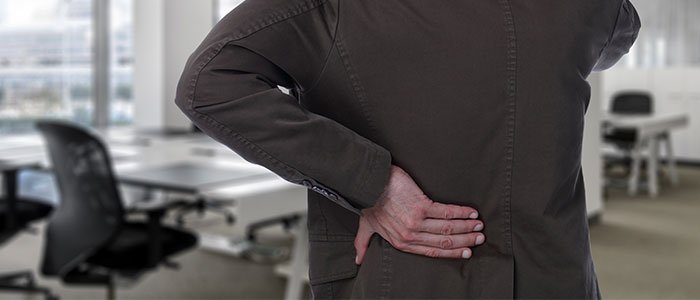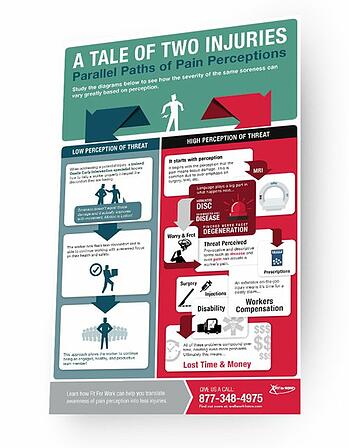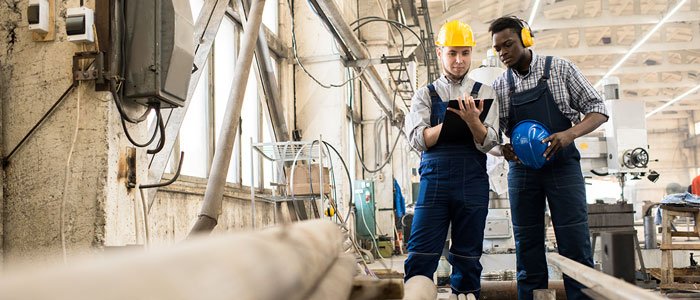It’s easy to understand that jobs requiring major bodily movement can lead to musculoskeletal disorders and injury. Pushing, pulling , lifting, and other active tasks put obvious strain on muscles. But tasks that require very little movement, or place parts of the body in unchanging postures for extended periods of time, can be major concerns too. This kind of stress is called “static loading,” and it may involve, for example, standing or sitting in one place for a long time, working for extended periods with body bent forward or arms extended, and gripping tools that can’t be put down at regular intervals. What’s the problem with static loading? First of all, the body is designed to move in order to keep blood flowing. Static postures can constrict blood flow and reduce the blood’s ability to carry oxygen to the muscles and carry away acids and other toxins. The process can lead to fatigue and, ultimately, muscle damage. In addition, extended squatting or kneeling puts pressure on joints, and sitting for long periods can promote compression of spinal discs and lower back pain, along with other problems. “In fact,” notes the Canadian Centre for Occupational Health and Safety, “reports of varicose veins, stiff necks, and numbness in the legs are more common among seated employees than among those doing heavier tasks.” Contact us for more on static loading and how to minimize its ill effects on your workers, and check out our eBook “Beyond Manufacturing: Ergonomics Is for Every Industry.” 
The Stress of Standing Still: Static Loading as an Ergonomic Issue





